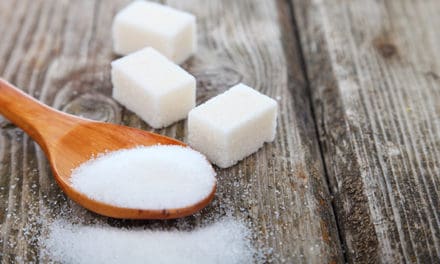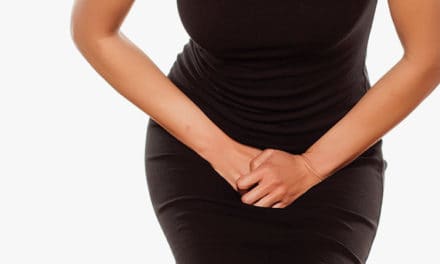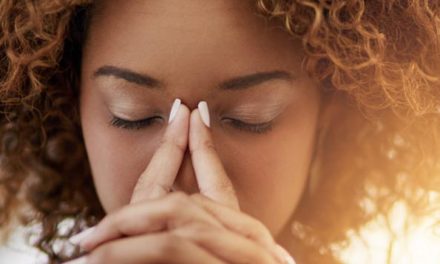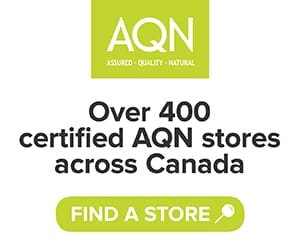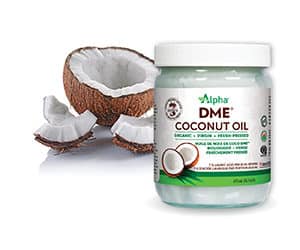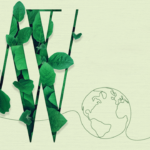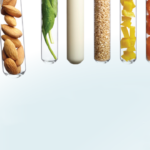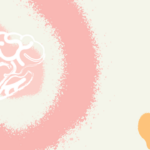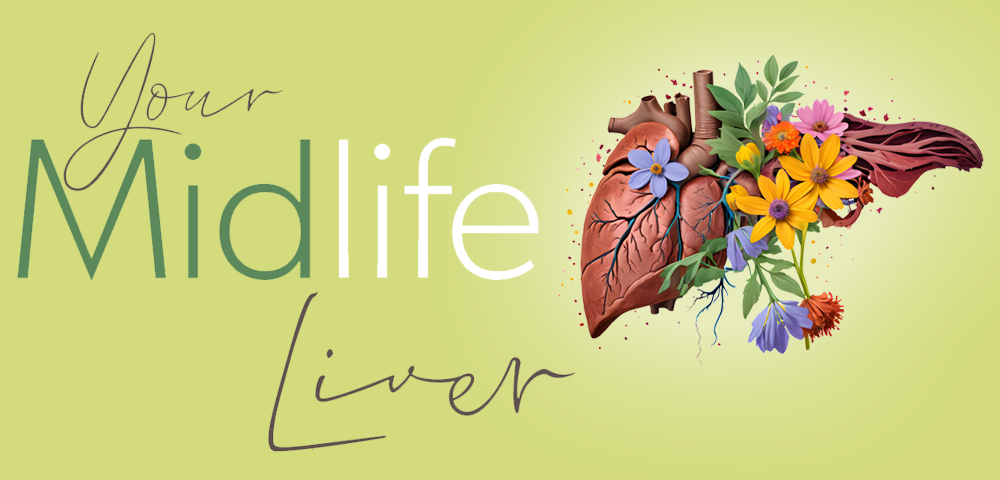
After menopause, hormonal changes throw a curveball at this unsung hero.
A healthy liver works around the clock to perform countless functions and maintain health, energy, and vitality. Too much junk food, wine, and sugar are terrible for liver health. But did you know that after menopause, women can be predisposed to fatty liver, even when eating a healthy diet? Non-alcoholic fatty liver disease (NAFLD) is a condition in which excess fat builds up in the liver, impeding its function. Often, the condition is silent, causing no symptoms, especially in the early stages. But eventually, the fat buildup can lead to pain from an enlarged liver and cause damage.
A healthy liver is a workhorse, silently toiling away to keep you in peak shape. After menopause, hormonal changes throw a curveball at this unsung hero. Estrogen protects the liver, but the risk of developing fatty liver increases as levels dip. Because of this, even if you’re eating what you think is a stellar diet, NAFLD might still creep in once you go through “the change.”
Choline is a nutrient essential for liver health, naturally present in some foods and available as a dietary supplement. Choline is a source of methyl groups needed for many steps in fat metabolism, and it plays a vital role in helping to prevent the buildup of fat in the liver. Studies show that most North Americans don’t consume the recommended daily intake of 425 mg of choline. Egg yolk, organ meats, and cruciferous vegetables are rich sources of choline. However, one yolk contains about 115 mg and a full cup of broccoli has 65 mg, so supplements can be essential to aid in the removal of excess fat. Fish roe, one of the richest sources of choline, is rare in the modern Western diet. Caviar, anyone?
Although few people consume enough choline, postmenopausal women with deficient intake of choline take a bigger hit in the liver health department because of it. One study noted that when menopausal women consumed inadequate amounts of choline, 73% developed measurable liver damage. Ensuring a healthy nutrient intake after menopause could be a game-changer in keeping NAFLD at bay. Besides choline-rich food, choosing an omega-3 supplement made with fish roe can bump up your choline intake if caviar isn’t in the budget. Supplements of lecithin or phosphatidylcholine also deliver a convenient nutrient source.
When it comes to liver-loving nutrition, it’s not just choline that deserves the spotlight – and here’s where things get fascinating. Hot-off-the-press research points fingers at our gut microbiota in the dance of hormones and NAFLD. It’s not just about the estrogen levels, it’s about the state of our microbiome. The metabolite butyrate, produced by beneficial gut bacteria, was significantly lower in cases of NAFLD. This discovery underscores the importance of maintaining a healthy gut environment, not just for digestion, but for liver health, too.
How do we keep our gut and liver in harmony? Probiotics and prebiotics are vital. Probiotics in fermented foods like kefir, kimchi, and probiotic supplements introduce friendly bacteria into our gut. Prebiotics serve as food for these friendly bacteria and are found in foods like garlic, onions, and fibre-rich fare. They offer a dynamic duo that can work wonders in maintaining a healthy gut, potentially curbing the impact of hormone-induced NAFLD.
As we navigate the murky waters of perimenopausal health, we must remember that our liver, often overlooked, deserves attention and care. So, as estrogen levels drop, let’s raise a toast with a choline-packed, pre- and probiotic-rich
meal to ensure a healthy, vibrant liver at midlife and beyond.


